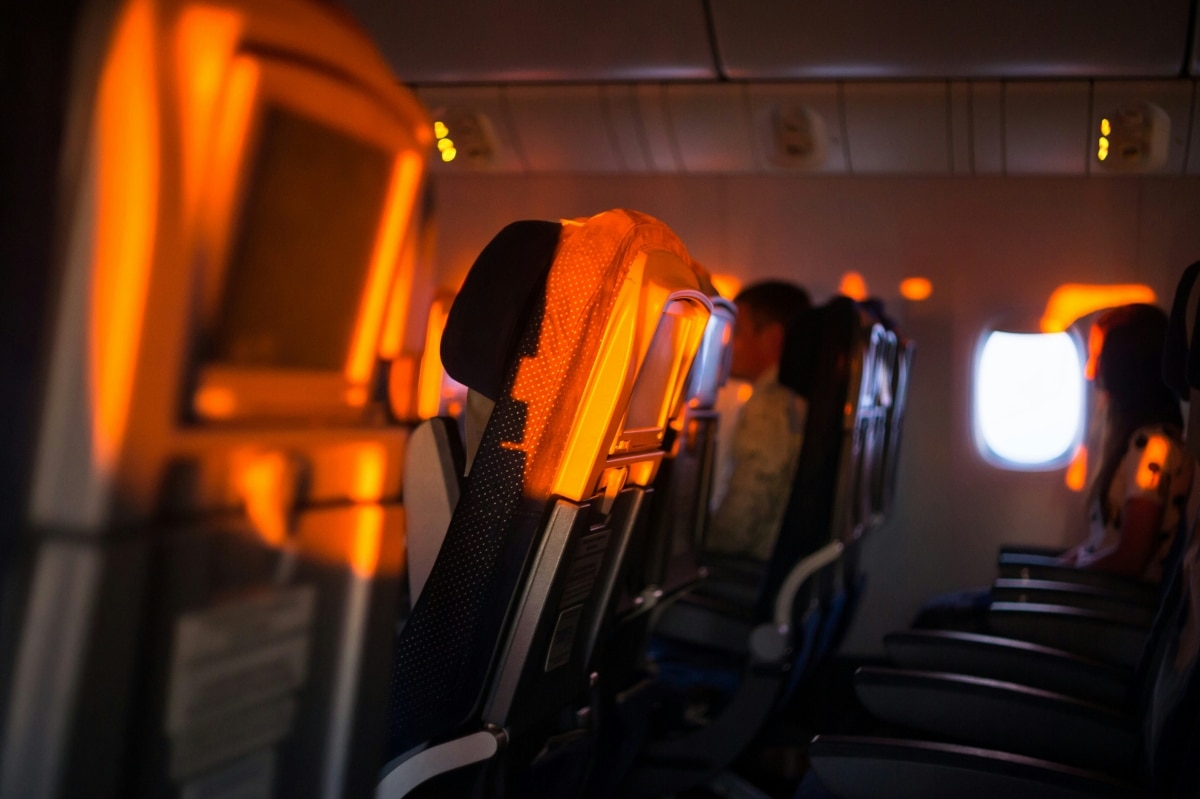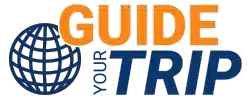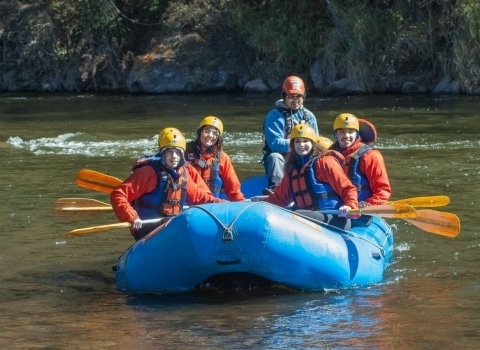Buying flights isn’t a science, but a few tricks help
It’s easy to get lost in the maze, somewhere between comparing prices, wondering how to buy airline tickets without paying too much, and watching fares jump for no obvious reason. Booking a flight shouldn’t feel like decoding a puzzle. And yet, sometimes it does.
Having a few good habits, some basic tools, and a sense of timing changes everything. Not a guaranteed formula, but enough to tip things in your favor. This guide doesn’t claim to crack the system. It just makes the process feel less chaotic.

Real-life examples of booking airline tickets
1. Trip planned in advance
Planning a trip far ahead? Say, ten or twelve months out. Destination clear, rough dates in mind. That’s the perfect time to start watching. Airlines sometimes release early-bird rates—quiet deals that vanish fast. A price tracker comes in handy. Let it work in the background. When something drops to a level that feels reasonable, grab it. Simple.
2. Last minute travel
Now and then, a trip appears out of nowhere. A spontaneous weekend. A family event. No time to plan. In that case, forget fixed schedules. Be flexible. Look for off-peak departures, late-night returns, routes with a stop or two. Some apps specialize in last-minute fares. They’re not always the cheapest, but they can be surprisingly fair—if you don’t mind a detour.
3. Long-haul flights
Flying long distance? Different rules apply. Prices tend to spike closer to departure, so waiting rarely pays off. Booking several weeks—sometimes months—ahead often secures a better deal. But don’t rush. Watch how fares move. Use tools that scan full weeks, not just single dates. A Tuesday might be 200 euros cheaper than the Sunday next to it. Strange, but true.
4. Group travel
Traveling with others? Booking as a group can help. Some airlines offer discounts when seats are purchased together, especially for four or more passengers. It also avoids the mess of separate bookings—no split seats, no overlapping itineraries. Just one plan, one transaction.
5. Use of loyalty programs
Fly often with the same airline? Don’t ignore the loyalty schemes. Miles or points build up quicker than expected. And later on, those same points might cover an upgrade, a checked bag, even a full flight. Some programs also offer early boarding, seat choices, or lounge access. Not essential—but when travel gets tiring, small perks go a long way.
Essential tips for saving money on flights
Airfare can be a major part of any travel budget—sometimes the biggest. But a few simple adjustments can make the price drop, often without affecting the quality of the trip. It’s not about chasing every deal. Just knowing where to look, when to book, and what to let go of.

1. Be flexible about dates
One of the easiest ways to lower costs? Let the calendar guide you. Flying mid-week—Tuesdays or Wednesdays—often means cheaper seats than weekends. And avoiding peak travel times, like school breaks or public holidays, can make a surprising difference. Shifting a trip by even a day or two might cut the fare in half.
2. Use flight comparison services
There’s no reason to search manually anymore. Online comparison tools do the heavy lifting. They scan dozens of airlines and booking platforms, showing variations you’d never spot on your own. Some even let you set alerts—so if a price drops, you’ll know immediately. Just don’t rush to click the first offer. Sometimes, going through the airline directly saves even more.
3. Be open to alternative airports
Big city doesn’t always mean big savings. Secondary airports—slightly farther out, less crowded—often have lower fares. Not always, but often enough to check. Just weigh the cost and time of getting from there to your final stop. Sometimes it balances out. Other times, it doesn’t. Still worth a look.
4. Book in advance, but not too early
There’s a window. Not months and months ahead, not the week before. Usually, the best fares appear two to three months before departure. Earlier than that, and airlines might not have released competitive pricing yet. Too late, and you’re stuck with whatever’s left. It’s a strange game of timing—but one that pays off if you catch the rhythm.
Exploring alternatives to flying



1. Train travel
Rail travel is more than just getting from A to B. In many regions, trains cut through mountains, coastlines, quiet towns—places planes never touch. Seats are wider, movement is easier, and the scenery stays with you. In countries with solid rail networks, the train often beats flying in comfort and simplicity.
2. Long-distance bus journeys
Not glamorous, but practical. Buses have come a long way—literally and figuratively. Today’s long-distance coaches come with Wi-Fi, charging ports, even reclining seats. And the price? Often a fraction of a plane ticket. For regional trips or overnight journeys, buses are a solid option—especially when every euro counts.
3. Carpooling
Carpooling blurs the line between public and private travel. Drivers post their routes, passengers jump in, and everyone splits the cost. It’s cheaper than a taxi, less rigid than a train schedule. And while not every ride is memorable, some lead to unexpected conversations and brief connections that stay in mind long after arrival.
4. Boat or ferry
Over water, the pace changes. Ferries, coastal boats, river crossings—each one offers a slower way of seeing the world. Not the most practical for tight schedules, but ideal when the journey matters as much as the arrival. Seascapes stretch wide, and there’s space to sit, breathe, look around. Sometimes that’s enough.
5. Motorhome or caravan
It’s freedom with wheels. A motorhome—or a well-equipped caravan—means no check-ins, no fixed addresses, no timetable. It’s a way of reclaiming time and deciding how the day unfolds. Park near a lake. Sleep by a forest. Wake up somewhere that feels entirely yours. There’s comfort in carrying your shelter with you—and a kind of quiet adventure, too.
Comparing airlines and booking platforms
With so many platforms and airlines competing for attention, booking a flight can feel more confusing than it should be. Prices shift, options multiply, and small details—baggage, fees, seating—often go unnoticed until it’s too late. Comparing everything in one go takes time, but it can make a real difference.
Below, a few key aspects to focus on before confirming that ticket.

1. Price comparison
Start simple: check prices. Platforms like Expedia, Kayak, Skyscanner, or Google Flights give a broad view of what’s available. But what you see isn’t always what you pay. Some airlines tack on fees—checked bags, seat selection, even payment methods. Always check the fine print. That ‘cheap fare’ might not be the cheapest after all.
2. Flight options
Not all routes are equal. Compare the actual flights, not just the price tags. Departure time, arrival time, total duration, number of stops—each detail matters, especially on long journeys. A layover that looks short may be stressful. A cheap flight arriving at 3 a.m.? Might cost more in taxis than the fare saved. Filter wisely.
3. Luggage policies
Baggage rules vary more than expected. Some airlines allow a generous carry-on and checked bag, others barely include a handbag. And the costs add up quickly. Before booking, check exact size and weight limits. One kilo over, and you’re paying extra. Sometimes, it’s worth choosing an airline with better baggage terms, even if the fare’s slightly higher.
4. On-board services
A long-haul flight without entertainment, meals, or space to stretch—it’s doable, but not ideal. Look at what’s included: in-flight meals, charging ports, Wi-Fi, seat comfort. Some low-cost carriers strip everything down. That’s fine for short flights. For anything longer, even small comforts make a big difference.
5. Ratings and comments
What other travelers say—often more telling than the company’s own pitch. Airline reviews give a glimpse into punctuality, cleanliness, seat spacing, and service. Booking platforms get reviews too—especially for how they handle changes or cancellations. A sleek website means little if support goes silent when something goes wrong.
6. Compare booking fees
Hidden charges sneak in toward the end. Some platforms add booking or service fees just before checkout. Not huge amounts, but enough to skew a good deal. Before choosing a site, walk through to the final step of booking—just to see the real total. What seems cheaper on the first screen isn’t always in the end.
7. Customer support
Plans shift. Flights get delayed. Mistakes happen. When they do, you’ll want a contact who actually responds. Some booking platforms and airlines have solid, round-the-clock support. Others… not so much. If past travelers mention unresolved issues, hours waiting for callbacks, or unclear refund policies, take note. That extra help can matter more than any discount.







